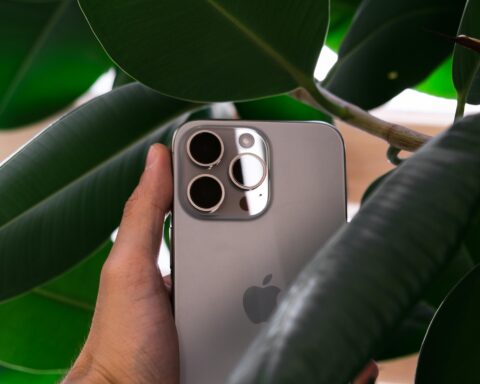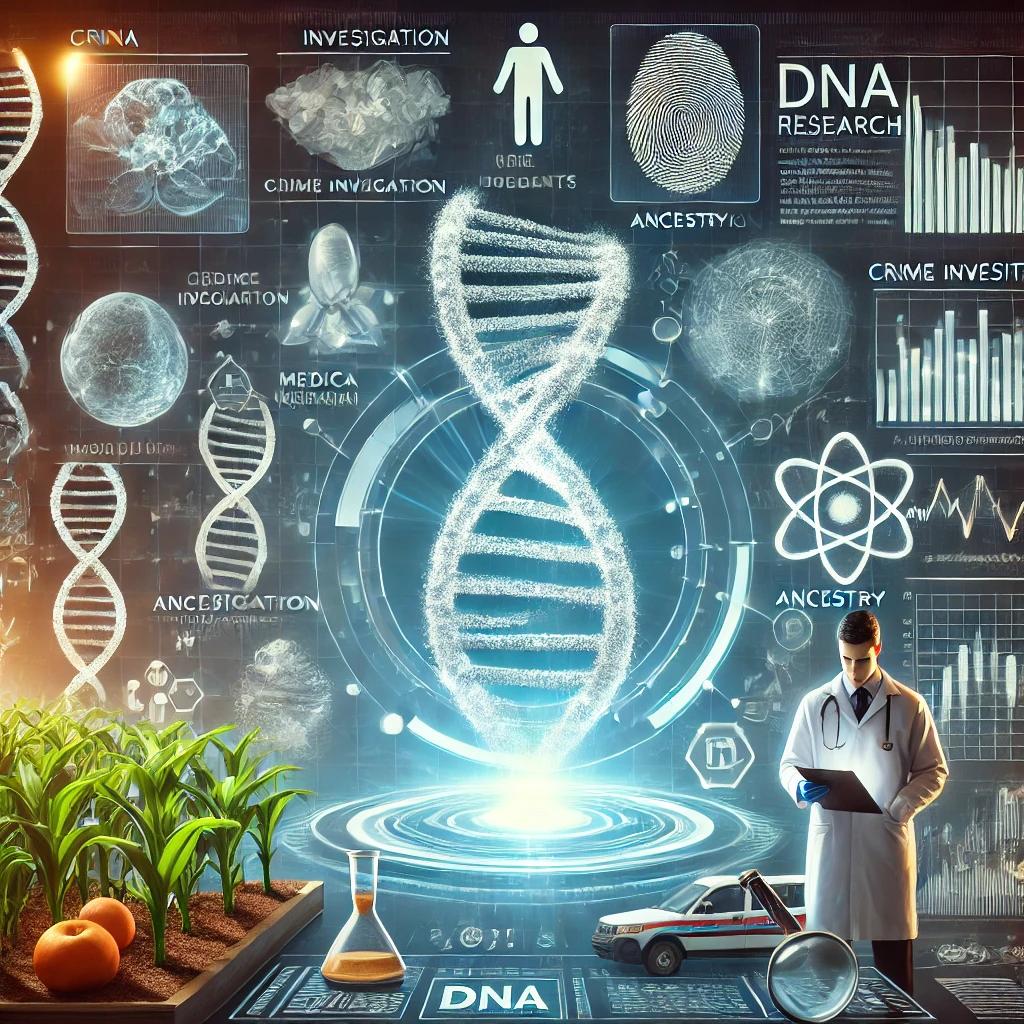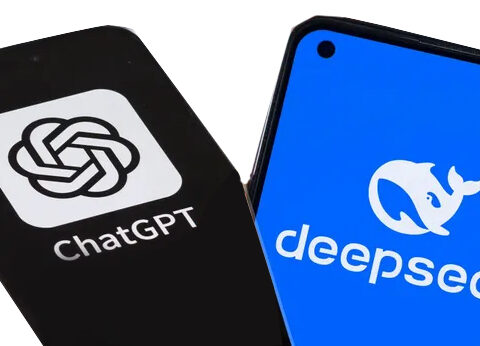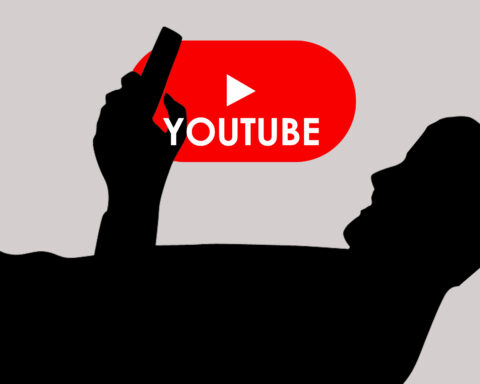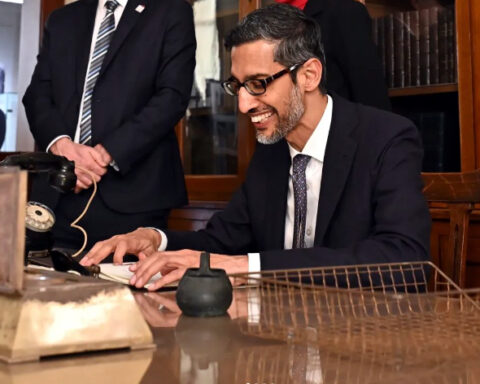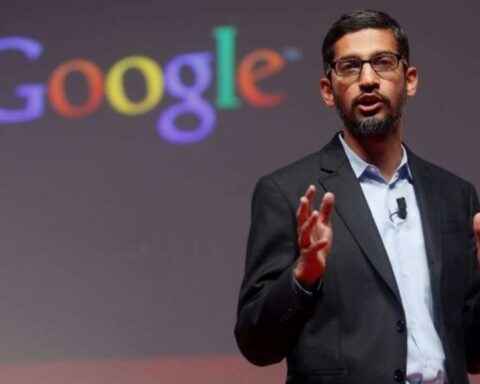Sukhan Kakkar/ TNF
The Internet of Things (IoT) is transforming the way we live, work, and interact with technology. It refers to a vast network of interconnected devices—ranging from smartphones and home appliances to industrial machines—that communicate and share data over the Internet. IoT is not just a buzzword; it’s a technological revolution that’s shaping the future across industries like healthcare, agriculture, smart cities, manufacturing, and more.
What is IoT?
At its core, IoT connects physical devices embedded with sensors, software, and other technologies to collect and exchange data. This seamless communication allows devices to make intelligent decisions without human intervention.
Here are some Examples of IoT Devices:
• Smart Homes: Alexa, Google Home, smart thermostats, security cameras
• Wearables: Fitness trackers, smartwatches
• Healthcare: Remote patient monitoring, smart medical devices
• Industrial IoT (IIoT): Automated manufacturing systems, predictive maintenance
• Agriculture: Smart irrigation systems, crop monitoring sensors
How Does IoT Work?
1. Devices/Sensors: Collect real-time data from the environment.
2. Connectivity: Data is transmitted via Wi-Fi, Bluetooth, Zigbee, or cellular networks.
3. Data Processing: The collected data is processed either on the device (edge computing) or in the cloud.
4. Action: Based on the analysis, the device performs specific actions, such as sending alerts or adjusting settings automatically.
Scope of IoT
The scope of IoT is limitless, impacting sectors on both personal and industrial levels.
1. Smart Cities: IoT enables efficient traffic management, waste control, smart lighting, and energy optimization.
2. Healthcare: Remote monitoring reduces hospital visits, enabling real-time health data tracking.
3. Agriculture: IoT devices help monitor soil moisture, weather conditions, and crop health, leading to precision farming.
4. Industrial Automation: Predictive maintenance reduces downtime, while real-time data optimizes operations.
5. Retail: Smart shelves, inventory tracking, and personalized customer experiences.
6. Environment Monitoring: Air quality sensors, disaster management, and pollution control systems.
Future of IoT
The future of IoT is incredibly promising. According to industry reports, there will be over 30 billion connected devices worldwide by 2030.
Emerging Trends:
• 5G Connectivity: Faster data transmission will enable real-time applications like autonomous vehicles.
• Edge Computing: Reducing latency by processing data closer to the source.
• AI Integration: Smart devices will not just collect data but learn from it to make autonomous decisions.
• IoT in Space: Satellites using IoT for global connectivity and advanced data collection.
Predictions:
• Healthcare IoT Market is expected to surpass $260 billion by 2028.
• Smart City Technologies will dominate urban planning globally.
• Industrial IoT (IIoT) will revolutionize supply chains with automation and real-time tracking.
Challenges in IoT
Despite its rapid growth, IoT faces several challenges:
1. Security Risks: Increased devices mean more vulnerability points for cyber-attacks.
2. Data Privacy: Managing and protecting vast amounts of sensitive data.
3. Interoperability Issues: Different devices and platforms may not communicate seamlessly.
4. High Energy Consumption: Many IoT devices require continuous power, leading to energy management challenges.
Career Opportunities in IoT
IoT offers diverse career paths with high demand for skilled professionals.
Popular Job Roles:
• IoT Developer
• Embedded Systems Engineer
• IoT Solutions Architect
• Network and Security Specialist
• Data Analyst (IoT)
Required Skills:
• Programming (Python, C, Java)
• Networking (TCP/IP, MQTT, CoAP)
• Cloud Computing (AWS IoT, Azure IoT Hub)
• Cybersecurity
• Data Analytics and AI/ML
The Internet of Things is not just the future—it’s the present. From smart homes to smart cities, IoT is embedded in every aspect of modern life, driving efficiency, sustainability, and innovation. As technology evolves, the potential for IoT will only grow, offering countless opportunities for businesses, industries, and professionals. Embracing IoT is no longer optional; it’s essential for staying ahead in the connected world.


